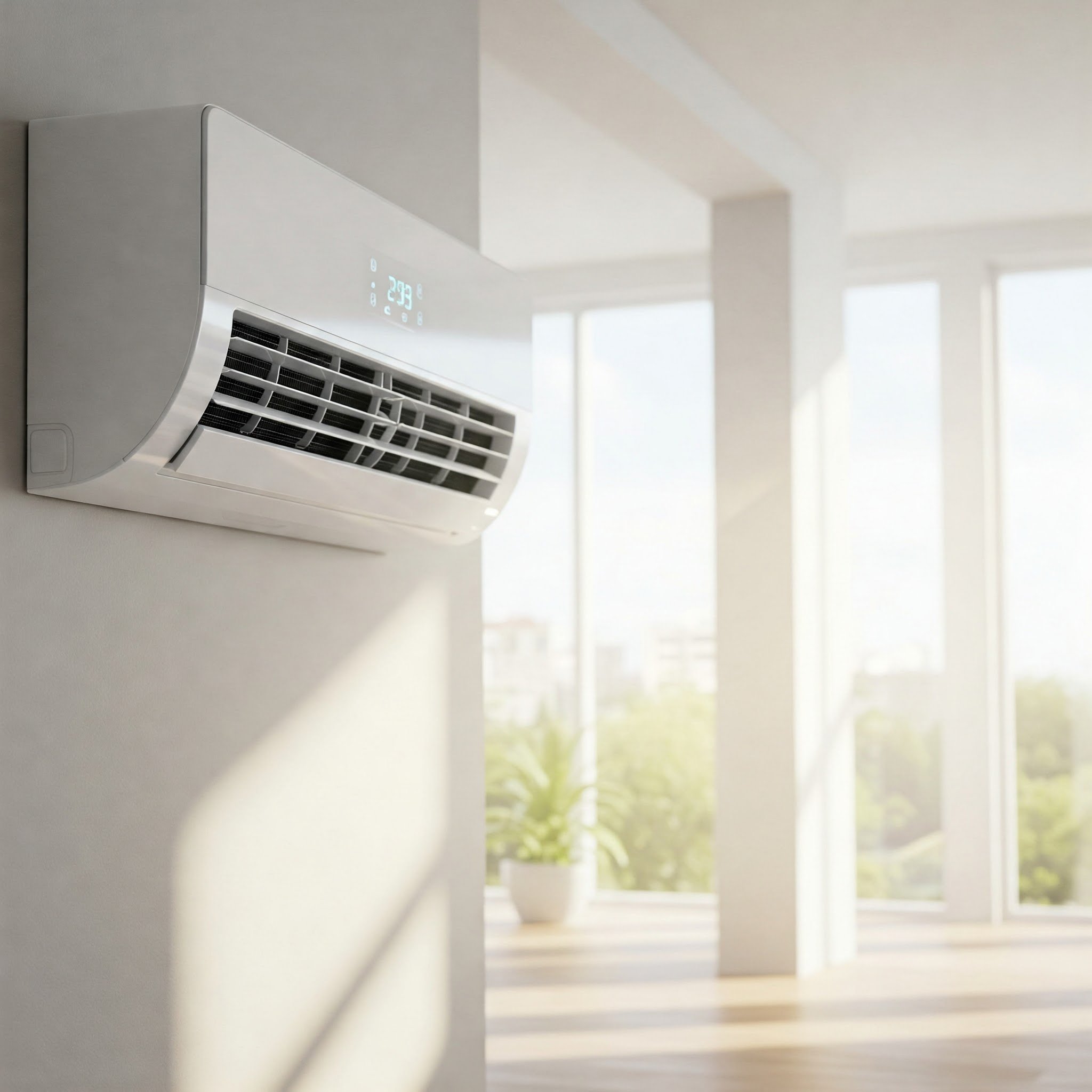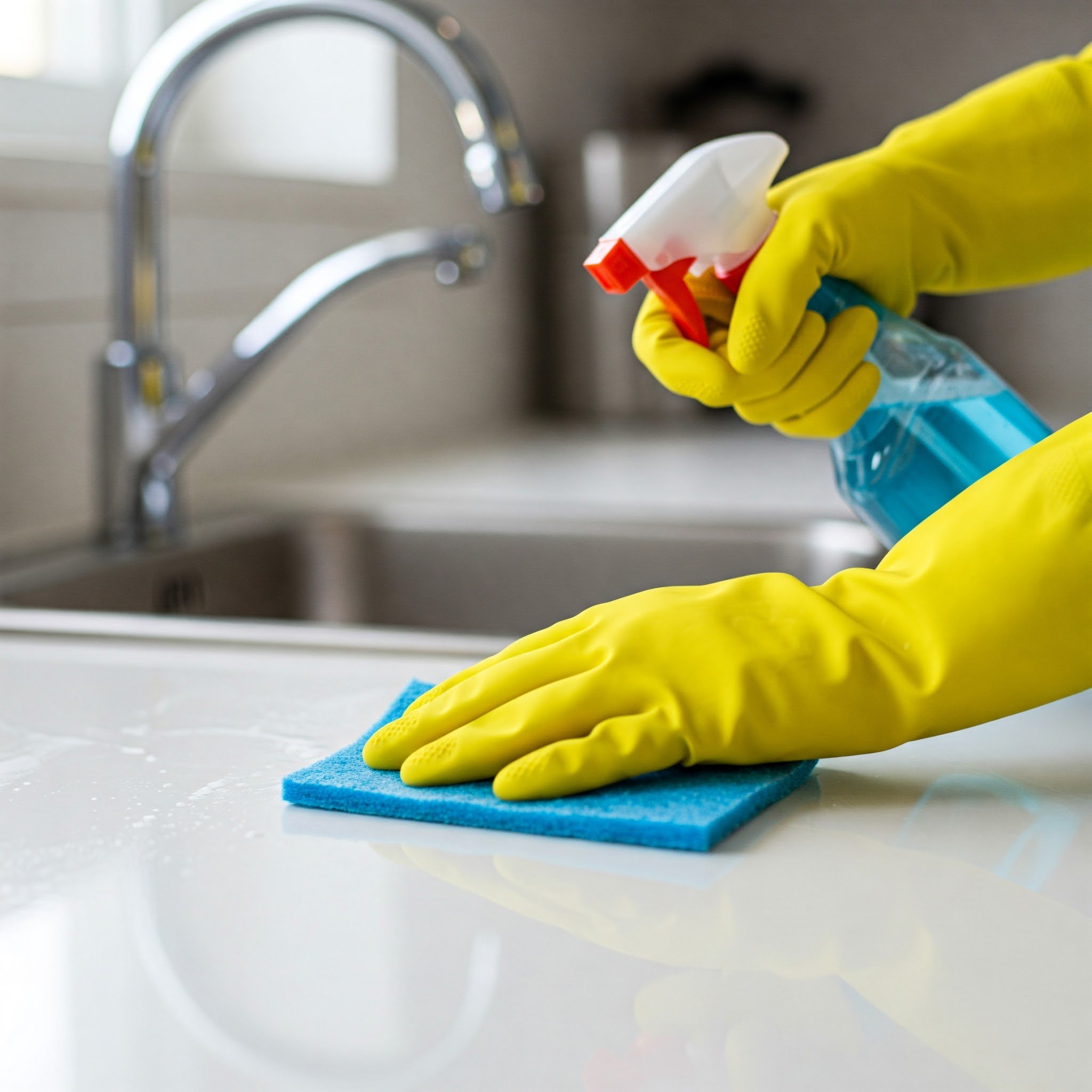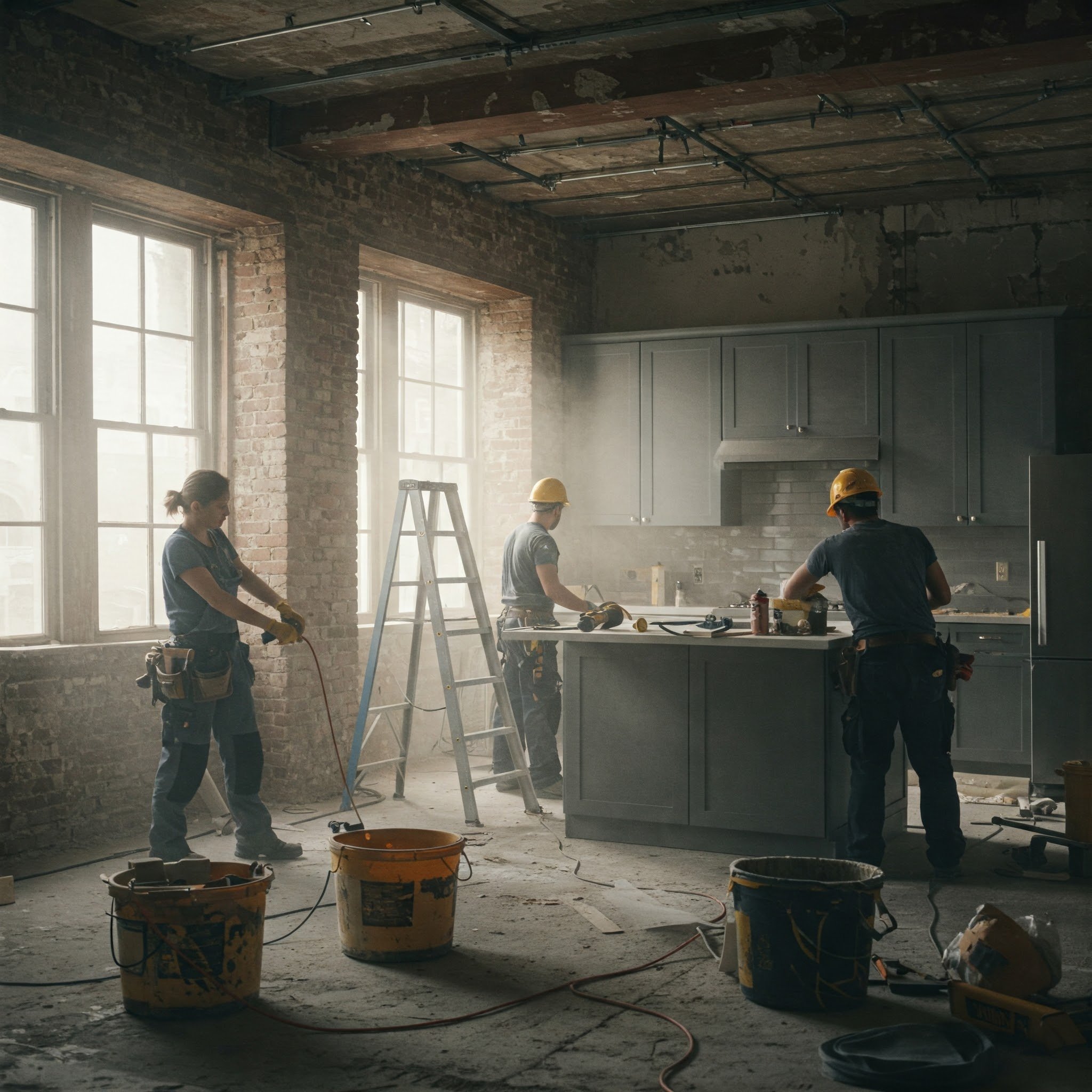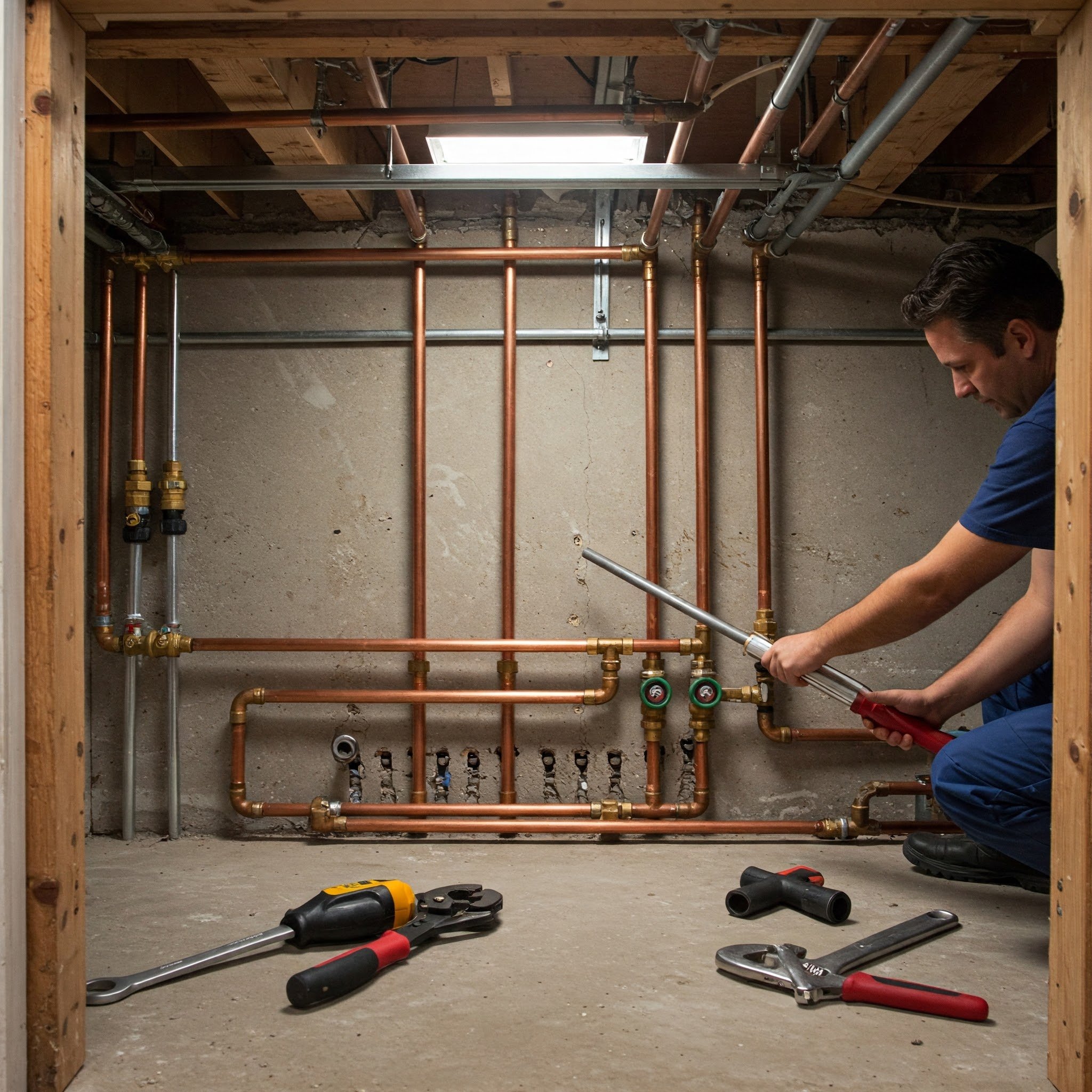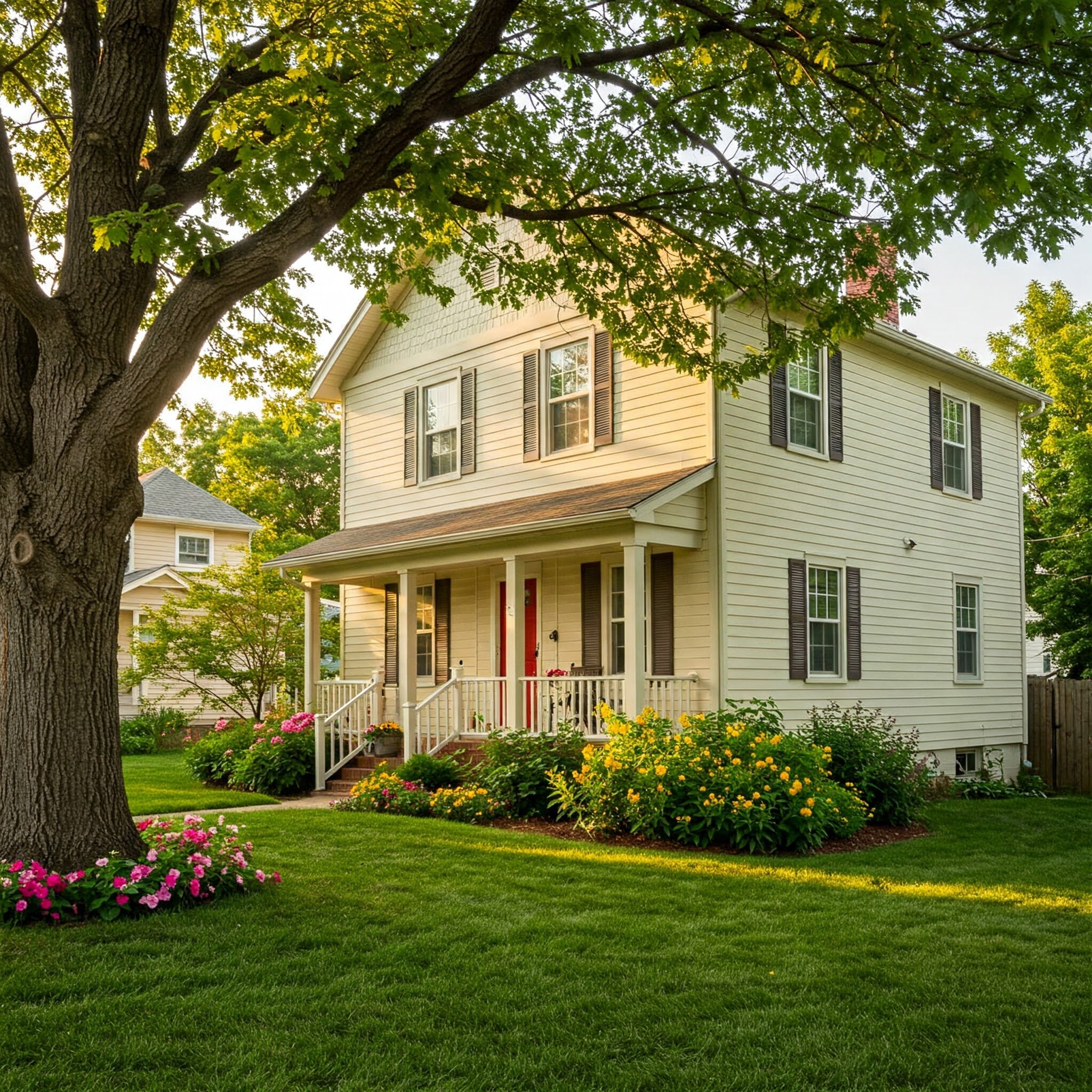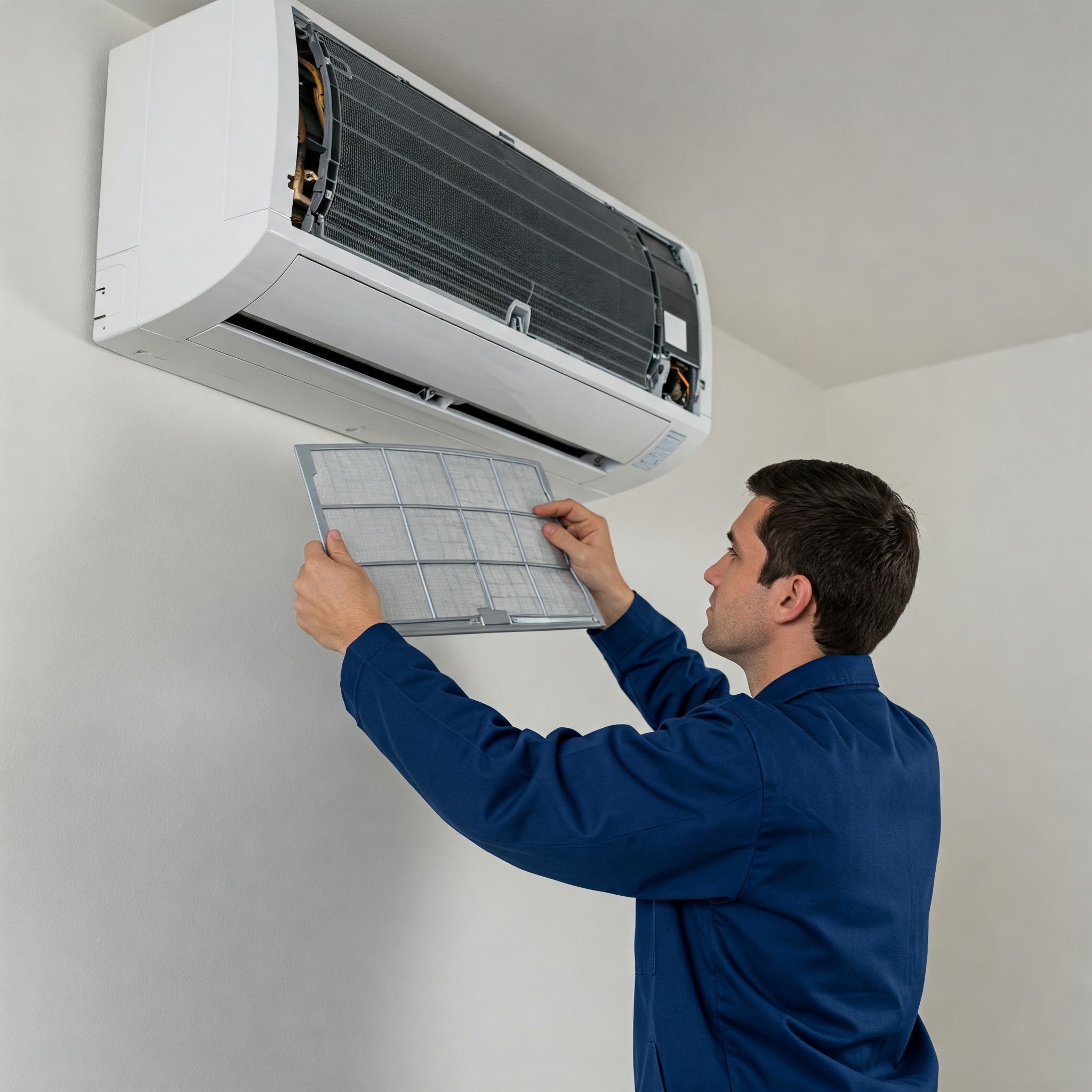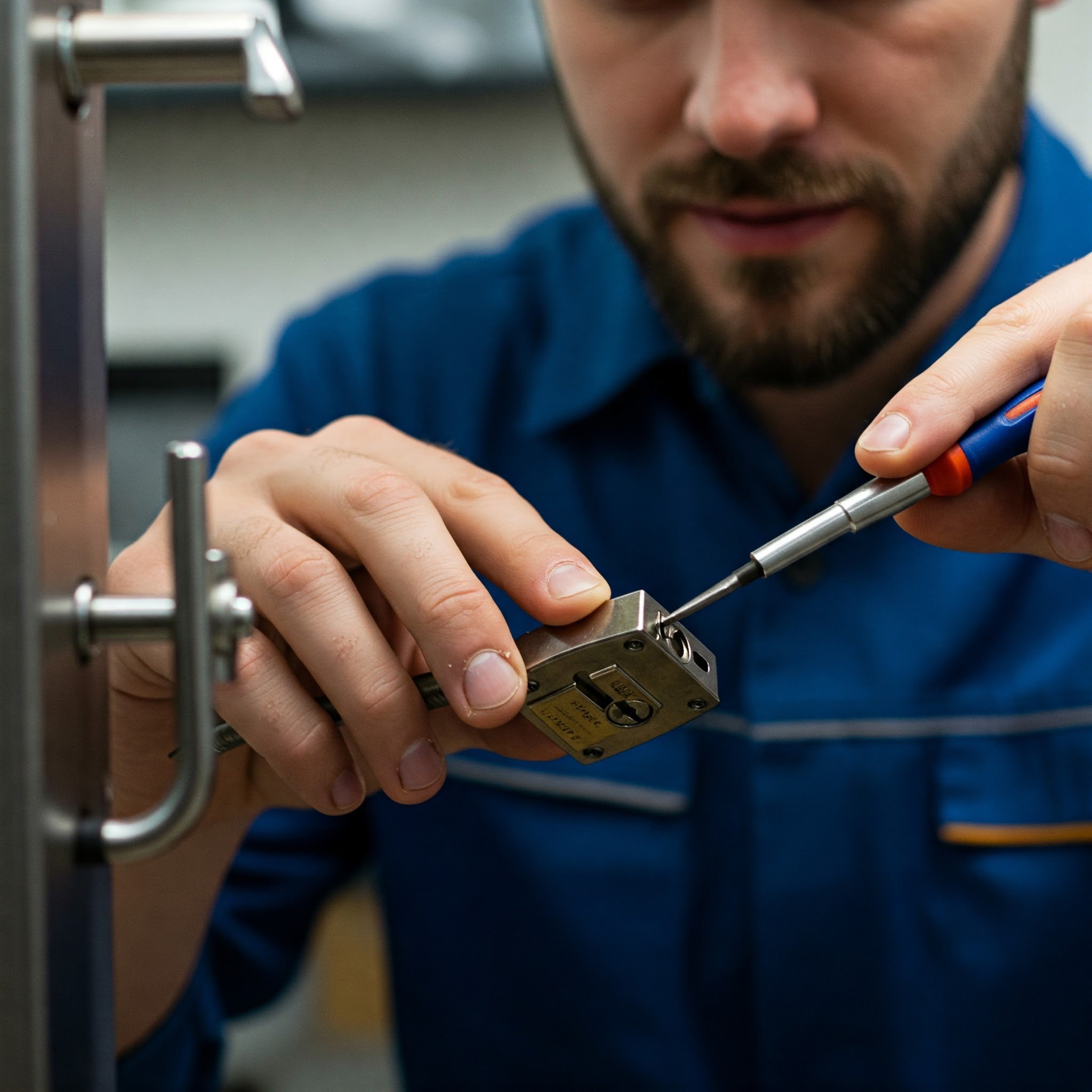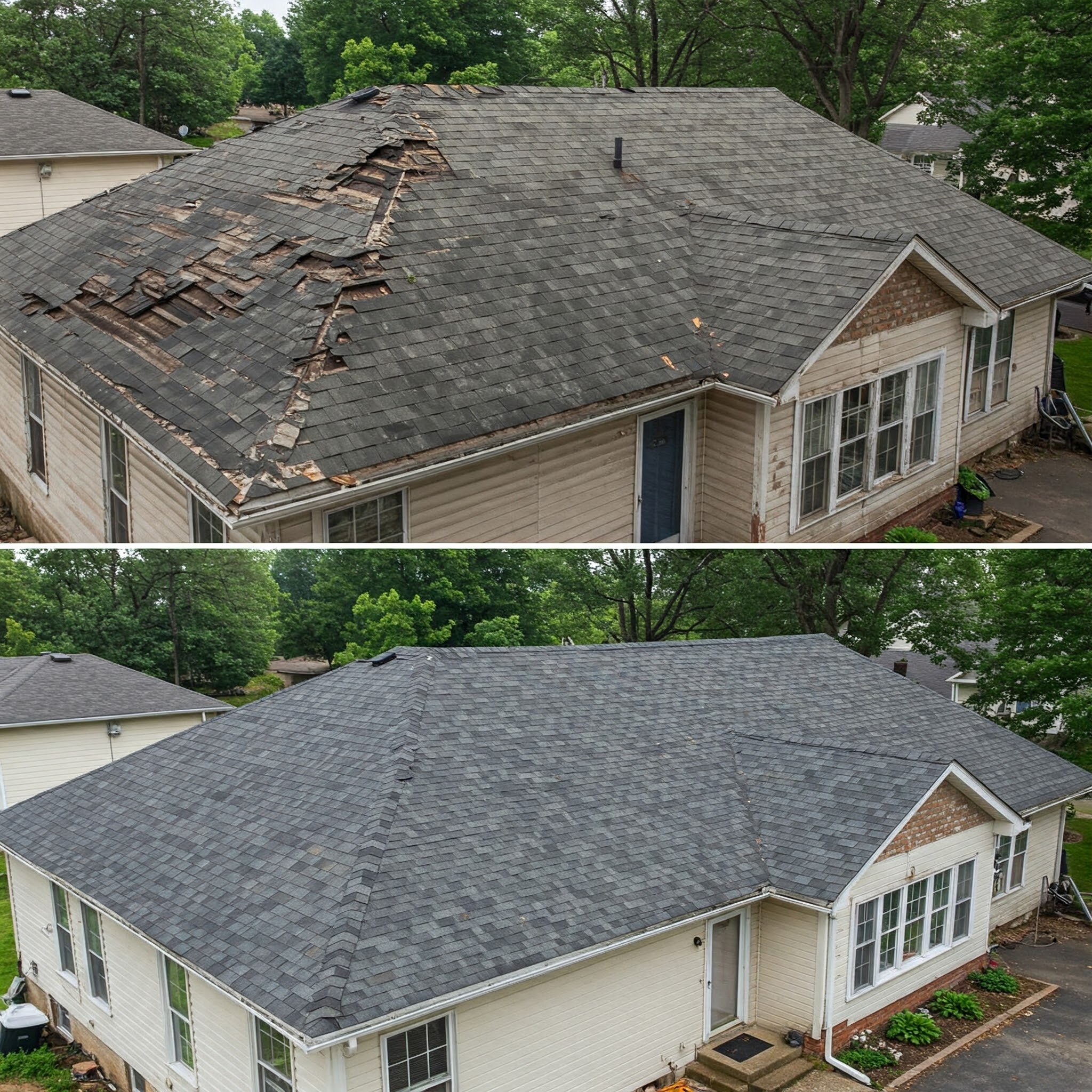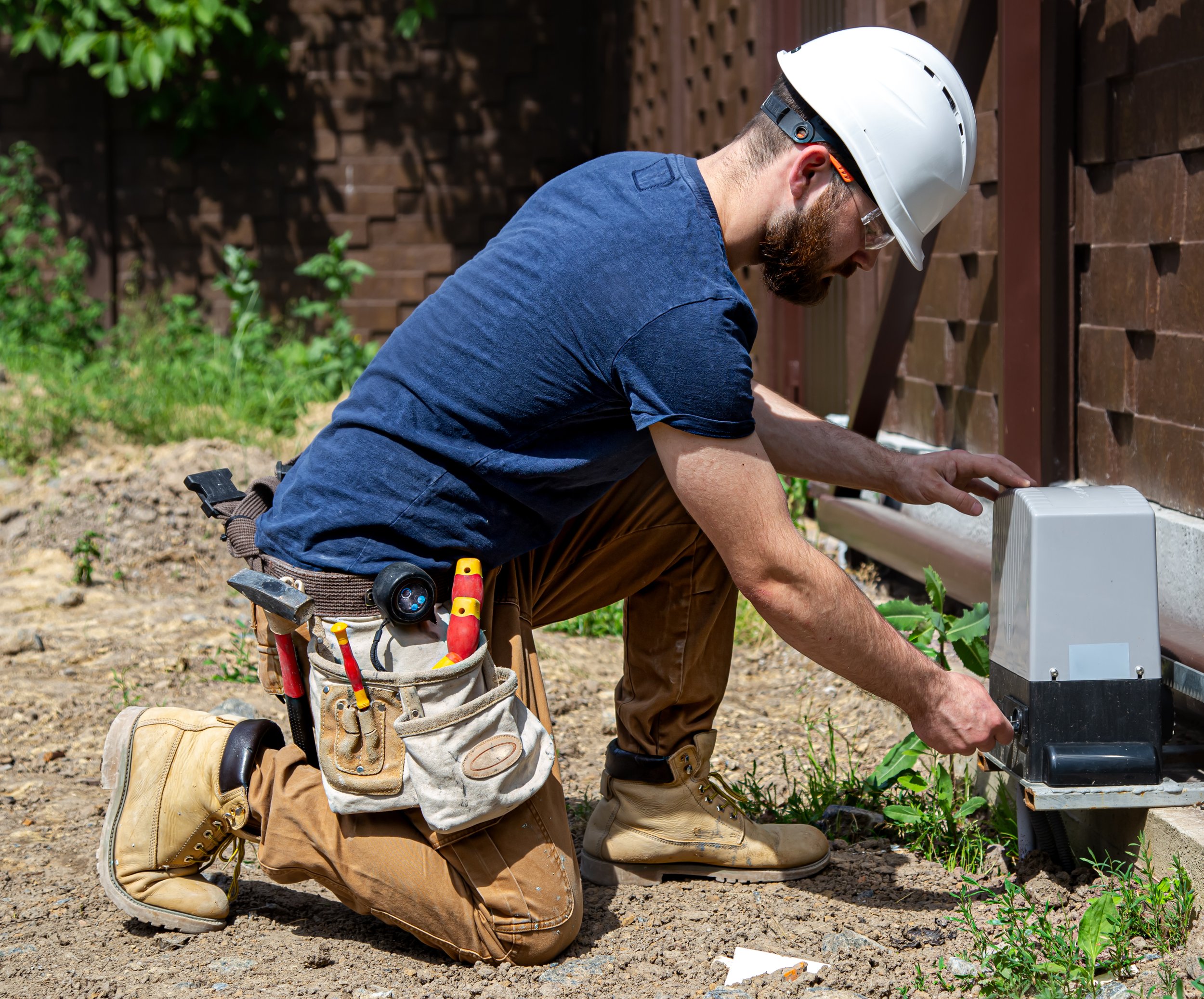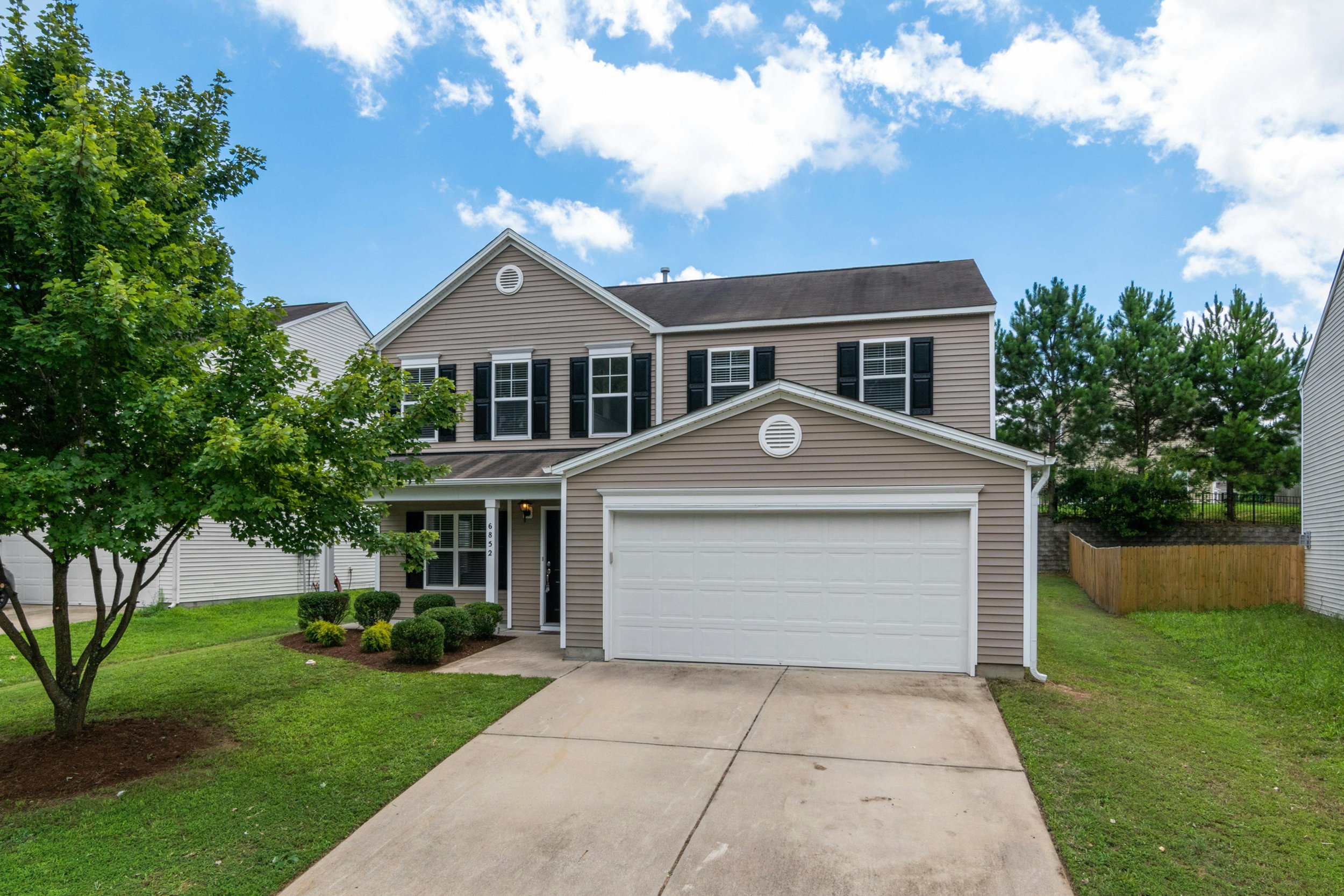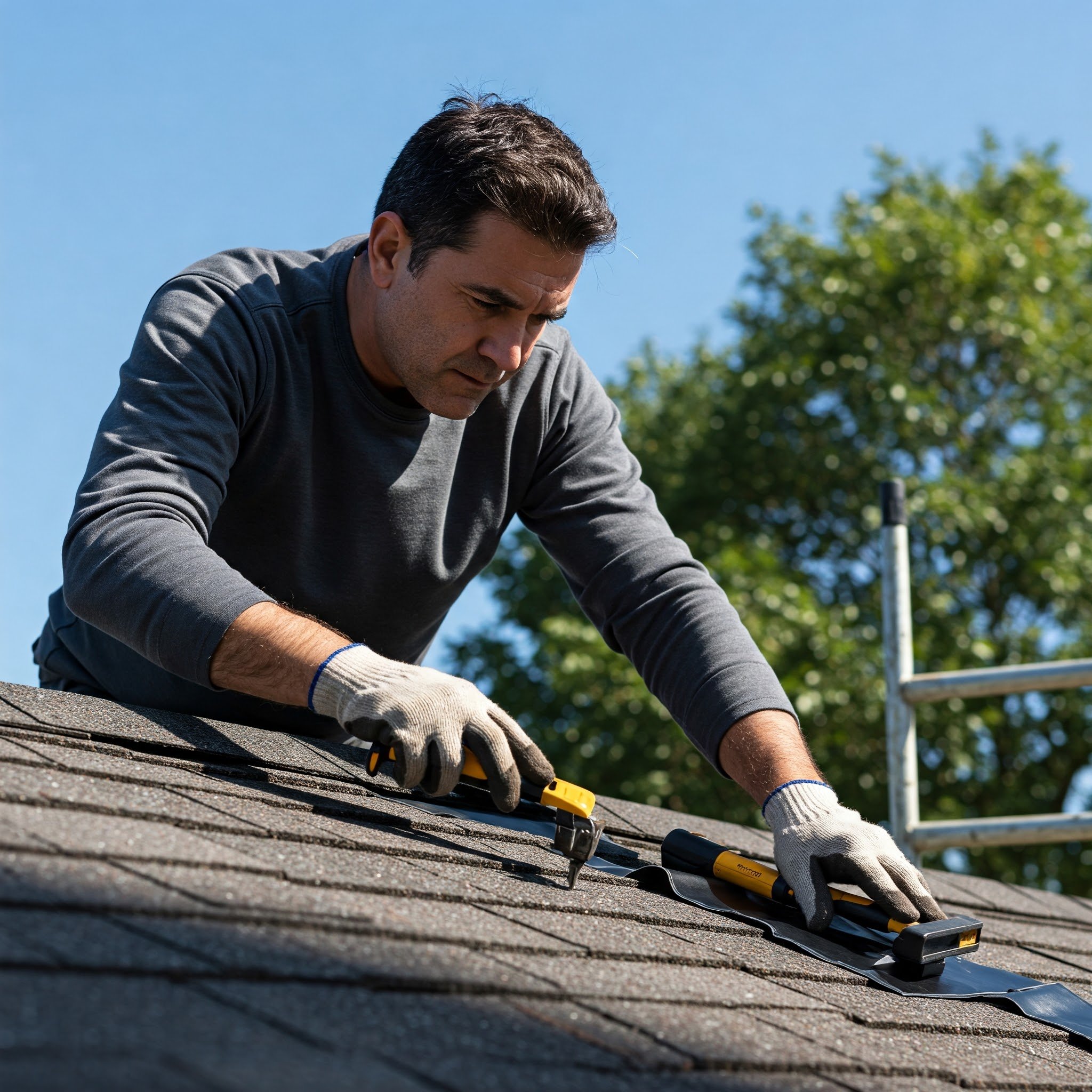Professional vs. DIY: When to Call a Locksmith for Safe Access
Discover the key considerations between tackling a safe on your own or calling a professional locksmith. Learn when it's best to seek expert assistance for safe access to ensure security and peace of mind.
Opening a safe can involve a complex process that requires expertise, particularly if the contents are valuable or the safe features sophisticated security measures. A professional locksmith is trained to handle a wide variety of safes, utilizing specialized tools and methods to open them without causing damage. On the other hand, individuals may opt for a do-it-yourself (DIY) approach, especially if they are dealing with minor issues or want to save on costs. However, understanding the risks and limitations of DIY methods is crucial before attempting to unlock a safe without professional assistance.
Conversely, for safes with simpler locking mechanisms or when the situation involves a straightforward problem like a lost key, some individuals may consider handling it themselves. In such cases, a careful assessment of the risks involved is essential. Any attempt to force entry into a safe without the proper know-how can lead to irreparable damage, potentially destroying the safe or, worse, causing injury. Here we present you a quick guide on how to open a safe.
Understanding Safe Lock Mechanisms
Safe lock mechanisms are integral to the security that safes provide. Familiarity with the different types of locks is crucial for understanding both their complexity and methods required for opening a safe.
Manual Combination Locks
Manual combination locks require the user to enter a set sequence of numbers by turning a dial. This sequence aligns the internal disks or cams, permitting the locking bolt to retract. To operate:
Dial Turn: Perform a specific number of rotations.
Sequence: Enter the combination in the required order.
Final Turn: Rotate the dial to the last number and open the safe.
Experts are needed to manipulate these locks without the combination, as they are designed to protect against unauthorized access.
Electronic Keypads
Electronic keypads use a numerical code entered on a digital pad. These systems often come with features such as lockout penalties after several incorrect attempts.
Code Entry: Use the keypad to type in the code.
Lockout Feature: Safeguards against guessing by setting a timeout after errors.
Battery Power: Functions on an electrical system, often battery-operated.
Opening a safe when the code is forgotten may involve resetting the lock or consulting the manufacturer.
Biometric Scanners
Biometric scanners rely on unique physical characteristics, like fingerprints, to grant access. They offer quick entry and enhanced security since biometric data is difficult to replicate.
Scan Enrollment: Store authorized fingerprints.
One-Touch Access: Place a registered finger for scanning and opening.
Opening such safes without authorized access usually requires technical skills and specialized equipment.
Deciding Between DIY and Professional Help
Selecting the appropriate route for opening a safe hinges on various factors such as the safe’s complexity and the risks involved. Recognizing when to call in a professional or to undertake the task oneself can save both time and resources.
Assessing the Complexity of Your Safe
Before attempting to open a safe, it is crucial to evaluate its security features and locking mechanism. High-security safes often have intricate locking systems that require specialized knowledge to unlock. Safes from reputable manufacturers like Beach Locksmith may come with advanced anti-tamper measures that can make self-attempts futile and potentially damaging.
When to Attempt DIY Safe Opening
DIY safe opening can be considered when dealing with simple lock mechanisms or when ownership documents and safe specifications are readily available. Criteria for a safe DIY attempt include:
Basic lock types: Combination or key-operated locks with no electronic components.
Clear instructions: Manufacturer’s instructions explicitly state that the owner can perform opening.
Risks of DIY Attempts
The risks associated with DIY efforts to open safes include:
Damage to the safe: Incorrect methods can permanently damage the lock or the safe's contents.
Personal injury: Some safes are designed to deter unauthorized entry and could cause harm if improperly handled.
Voided warranty: Unauthorized tampering might void any existing warranties or service agreements.
Benefits of Hiring a Professional Locksmith
Seeking the assistance of a professional locksmith offers several advantages:
Expertise: A locksmith from a credible company, including Beach Locksmith, has the necessary skills to handle diverse locking systems.
Efficiency: Experienced locksmiths can often open safes quickly and without causing damage.
Insurance: Professional services may offer coverage for any accidental damage during the opening process.
We invite you to reach out to Beach Locksmith if you encounter any difficulty with opening a safe. Our experienced team is ready to assist you with professional and reliable locksmith services.



